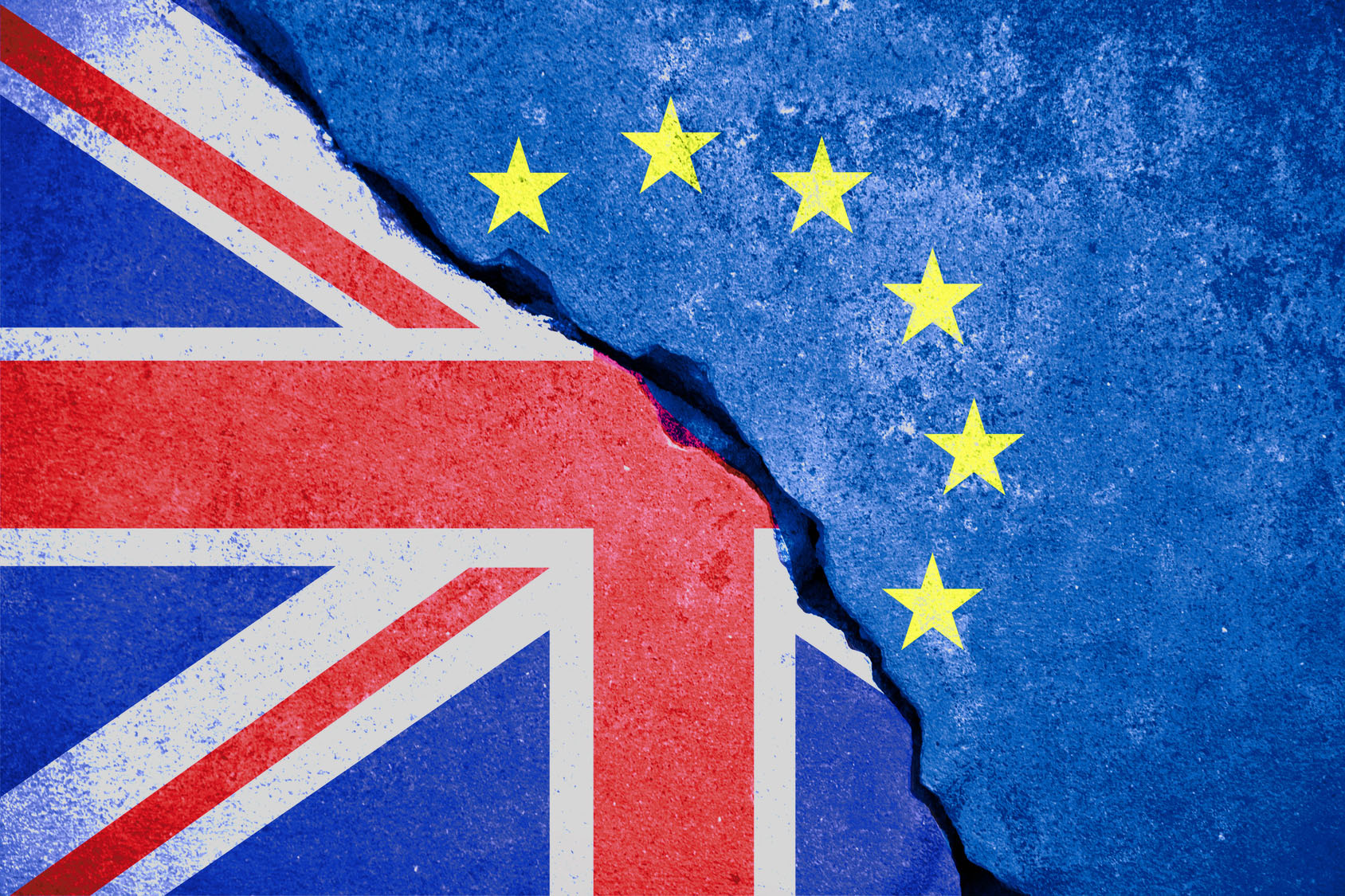Stock Indices:
| Dow Jones | 44,094 |
| S&P 500 | 6,204 |
| Nasdaq | 20,369 |
Bond Sector Yields:
| 2 Yr Treasury | 3.72% |
| 10 Yr Treasury | 4.24% |
| 10 Yr Municipal | 3.21% |
| High Yield | 6.80% |
YTD Market Returns:
| Dow Jones | 3.64% |
| S&P 500 | 5.50% |
| Nasdaq | 5.48% |
| MSCI-EAFE | 17.37% |
| MSCI-Europe | 20.67% |
| MSCI-Pacific | 11.15% |
| MSCI-Emg Mkt | 13.70% |
| US Agg Bond | 4.02% |
| US Corp Bond | 4.17% |
| US Gov’t Bond | 3.95% |
Commodity Prices:
| Gold | 3,319 |
| Silver | 36.32 |
| Oil (WTI) | 64.98 |
Currencies:
| Dollar / Euro | 1.17 |
| Dollar / Pound | 1.37 |
| Yen / Dollar | 144.61 |
| Canadian /Dollar | 0.73 |
Profit – US GDP growth is expected to continue at a healthy rate of 2-3% in 2019, subsidized in part by the shift of business to the U.S. from those countries with higher taxes, tariffs, and energy costs.
While earnings have slowed after the initial “pop” of the tax law changes, those changes are not going away for at least two more years. Corporate tax rates are not going back up …and pre-tax corporate profits in 2018 were the highest in 30 years. That growth is slowing; not reversing. Corporate tax rates have gone from being the highest in 10 of the largest economies, to fifth; driving some businesses to relocate to the U.S. where it costs less to do business.
We now have the lowest average tariff rates of our 10 largest trading partners.
U.S. Energy exports exceeded imports in 2018 while gas prices here remain lower than most of the last decade, resulting in increased consumption – not only of energy but of discretionary goods and services as well. … all while significantly reducing the aggregate emissions of 6 common pollutants including CO2!
Both manufacturing output and manufacturing employment have increased steadily since 2010.
(Source: Federal Reserve Board. Bureau of Economic Analysis. US Energy Information Administration (EIA). Bureau of Labor Statistics
Liquidity – Credit markets are starting to get more conservative
While corporate liabilities have also grown (20 trillion), non-financial corporate assets available to offset that debt are more than twice the amount owed(> 40 trillion). Bank lending standards appear to be tightening. While this is not critical, it may be an indication that investors should be taking less risk.
The yield curve inversions have been brief and the Fed responded dovishly. Trends are growing more negative but the immediate risk of recession remains low.
Sentiment – Participate and Protect!
Right now, we are not seeing the signals of a potential recession. However, outside of the stock market, there are growing signs of weakness in consumer confidence, liquidity is drying up, and the Fed has signaled some concern for a slowing economy. Yet markets in the first quarter have responded with counter-intuitive bullishness. Investors had been overly cautious while the economy purred along and the market achieved new, sustainable levels. Now, 10 years in, investors are becoming bulls when they should be reasonably cautious.
Individual equities are overpriced, not yet reflecting the deceleration of earnings. But now is neither the time to “take our marbles and go home”, nor to “go all-in”.
Each KCG client has developed an Investment Policy Statement and Target Allocation with a long view, commensurate to your own circumstances and risk tolerance. We favor funds over individual equities for greater diversification at this time; We are still growth-style oriented over value, and we continue to be cognizant of geopolitical risks. With those things in mind, we recommend that now is the time to adhere to your broad target-weighted allocations.
 Since Britain has been part of the EU since 1973, it is expected that the unraveling of British ties from the EU could take years. Contracts, employees, and laws will all have to be revised, reshuffled, and rewritten in order to accommodate the divorce between the two.
Since Britain has been part of the EU since 1973, it is expected that the unraveling of British ties from the EU could take years. Contracts, employees, and laws will all have to be revised, reshuffled, and rewritten in order to accommodate the divorce between the two.